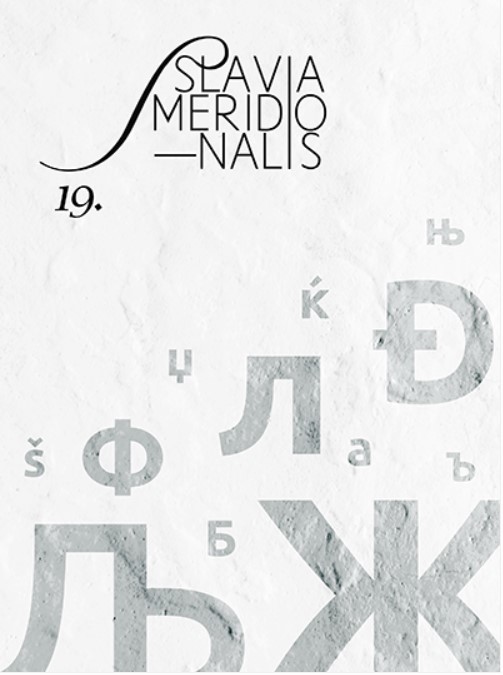Dynamics of Particular and Common: Monuments and Patriotic Tourism in Socialist Yugoslavia – a Case Study of Kosovo
Dynamics of Particular and Common: Monuments and Patriotic Tourism in Socialist Yugoslavia – a Case Study of Kosovo
Author(s): Agata RogośSubject(s): Cultural history, Military history, Political history, Social history, Inter-Ethnic Relations, Tourism, Sociology of Art
Published by: Instytut Slawistyki Polskiej Akademii Nauk
Keywords: brotherhood and unity; monuments; memorials; Serbian; Albanian partisans; Kosovo;
Summary/Abstract: This paper reflects on two case studies of monuments in Socialist Yugoslavia in Kosovo, commemorating World War II partisans in Mitrovica (1973) and Landovica (1963) and their performative functions as a part of the phenomena of patriotic tourism. Both examples refer to inter-ethnic (Serbian and Albanian) relations bound by the slogan brotherhood and unity. Boro and Ramiz, two figures present in Yugoslav collective memory and represented through monuments and orality, have become a symbol of unity in Socialist Yugoslavia. War memorials and monuments have been raised all over the territory of socialist Yugoslavia and created an invisible network of remembrance and identity. The most important sites, as those analyzed in this paper, have become destinations of patriotic tourism: they were visited by millions every year and were associated with huge print runs of tourist propaganda production such as maps, guide-books and postcards (apart from commercial tourist attractions, almost every postcard produced in socialist Yugoslavia presented a nearby monument or memorial).
Journal: Slavia Meridionalis
- Issue Year: 2019
- Issue No: 19
- Page Range: 1-22
- Page Count: 22
- Language: English

